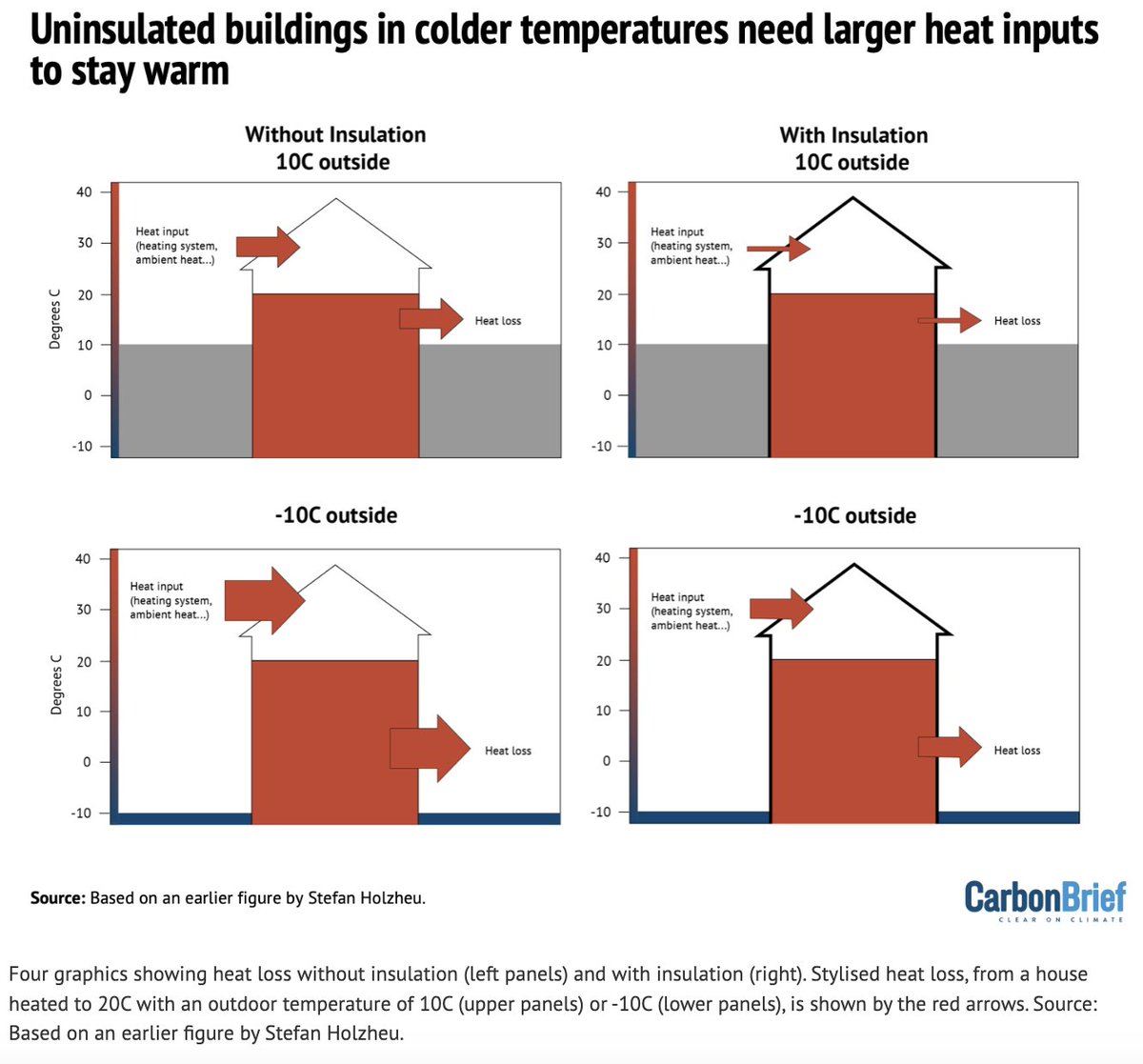Excellent piece by @EmilyBeament on how the UK can turn from laggard to leader in clean heating.
THREAD 1/n standard.co.uk/news/uk/govern…
THREAD 1/n standard.co.uk/news/uk/govern…
2/n The UK has committed itself to installing 600,000 heat pumps every year by 2028. To meet the target the installation rate needs to increase 25-fold. Here's how to achieve this. 

3/n Existing policy is insufficient to deliver on the target and falls short by close to 50%. The gap is even larger to the @theCCCuk trajectory required for net zero. 

4/n We will need a policy package consisting of 4 elements:
1) financial support especially for low-income households
2 structural reform of bills and stamp duty
3) regulatory backstop in early 2030s
4) all of this underpinned by robust governance framework
1) financial support especially for low-income households
2 structural reform of bills and stamp duty
3) regulatory backstop in early 2030s
4) all of this underpinned by robust governance framework

5/n A modest carbon tax of £50/t CO2 on heating fuels would be sufficient to fund the required heat pump uptake with subsidies tapering off over time as equipment costs fall. 

6/n Levies and taxes on electricity versus gas need structural reform. The current set-up disincentives switching to heat pumps. 

7/n Finally, a regulatory backstop in the early 2030s similar to petrol and diesel cars will provide the market with certainty and ensure we meet net zero.
8/n You can find more details on how to design a policy package for a heat pump mass market in our @RegAssistProj @e3g report coauthored by me with @heatpolicyrich @enfinnEU. raponline.org/knowledge-cent…
• • •
Missing some Tweet in this thread? You can try to
force a refresh


















